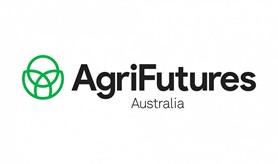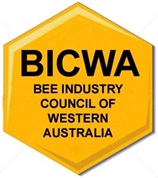
Natural Medicines
Focusing on Western Australian honeys, for future medicinal purposes
Natural product chemistry spans the isolation and identification of bioactive compounds in traditional medicines, to the quality control of herbal products and other complementary medicines.
Currently, our research teams mainly focus on a range of Western Australian honeys, measuring key phytochemical parameters and obtaining basic bioactivity data. This work will generate data that can assist in the identification of Western Australian honeys that might have the potential to be marketed in the future as medicinal honeys.
Projects
- CRC for Honey Bee Products (CRC HBP) and AgriFutures Australia
-
AgriFutures Australia and the CRC for Honey Bee Product currently fund part of our work on Western Australian honeys. The CRC for Honey Bee Product is a transdisciplinary centre that brings together researchers, industry partners and government organisations. Its Honey Bee Product Program aims to add value to the beekeeping industry through the development of honeys from known floral sources.
- CRC for Honey Bee Product Project 12: Establishment of a comprehensive database on the spectrum of antimicrobial activity and chemical composition of WA honeys
-
A wide variety of Western Australian honeys from a range of biogeographical areas will be collected and their antimicrobial activity be measured. A High Performance Thin Layer Chromatography (HPTLC) fingerprint will be obtained as a point of reference and a visual analysis tool for future authentication and quality control. Key physico-chemical properties of each honey will be determined and their bioactivity and chemical composition monitored over time when exposed to different storage and processing conditions. A comprehensive database will be constructed to collate all relevant honey parameters. This information might be used in the future to assess the therapeutic potential of WA honeys.
- CRC for Honey Bee Product Project 12: Real-time assessment of Western Australian honeys
- The objective of this project is to develop a real-time honey assessment tool for beekeepers and packers to determine a honey’s floral source alongside the collation of key phytochemical parameters for a wide range of WA honeys. It will investigate potential correlations between phytochemical characteristics of WA honeys and their bioactivity including the monitoring of changes over time dependent on storage and handling conditions. It will also explore the boundaries of High Performance Thin Layer Chromatography (HPTLC) as a potential new complementary qualitative and quantitative honey analysis tool.
- AgriFutures Australia Development of honeybee products from a biodiversity hotspot
- The objective of this research project is to characterise the spectrum of antimicrobial activity and chemical composition of Western Australian honeys. It includes a thorough investigation of the antimicrobial activity of a range of honeys, the characterisation of their physicochemical properties (including hydrogen peroxide and MGO levels, total phenolics and flavonoids as well as anti-oxidant activity) and whether these correlate with antimicrobial activity. The activity will be compared to commercial medicinal honey and pasture honey to evaluate the medicinal niche of WA honeys based on the obtained antimicrobial data.
Research partners






































